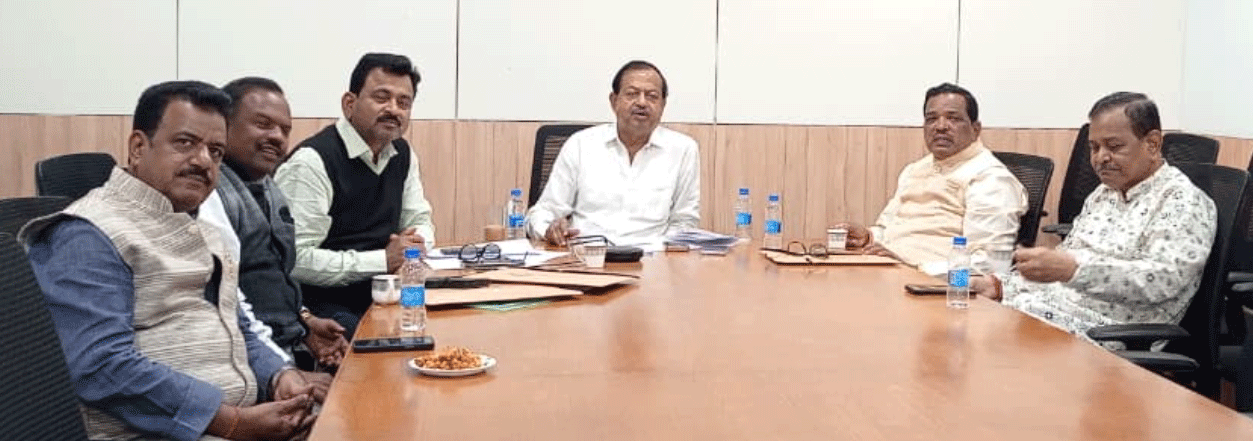Bhubaneswar: The Biju Janata Dal (BJD), following its significant defeat in the Nuapada by-election—where its candidate was relegated to the third position with a minimal vote share—is clearly initiating a strategic organizational overhaul to regain lost ground and prepare for future electoral contests.
The meeting led by senior Vice President Shri Debi Prasad Mishra with district presidents, both direct and via video conferencing, underscores a serious effort to address grassroots weaknesses.
The primary focus of this exercise appears to be on organizational strengthening at the district level. The direct discussions held with key district units, notably Kandhamal and Boudh, involving local MLAs, former MLAs, and other prominent party figures, indicate a move toward personal outreach and consensus-building in crucial areas. Kandhamal, for instance, saw the direct presence of its district president, sitting MLA, and former leaders, suggesting an intent to harmonize the local unit and strategize for future constituency-specific challenges.
The subsequent video conference with presidents of 33 organizational districts—including politically vital regions like Angul, Bargarh, Bhadrak, Balangir, Cuttack, Jharsuguda, Kalahandi, Kendrapara, Keonjhar, Koraput, and the very district of Nuapada—highlights a party-wide activation and push for immediate compliance. The explicit instruction to submit the names of the remaining district committees and Booth Level Officers (BLOs) to the party headquarters (Shankha Bhawan) immediately reveals a concentrated effort to finalize the organizational structure right down to the booth level.
This immediate and high-level engagement suggests the BJD leadership is acknowledging that the Nuapada by-poll disaster was not merely a local anomaly but a symptom of deeper structural and organizational deficits that need swift rectification. The historical erosion of the party’s vote share in Nuapada, coupled with internal dissent that surfaced after the loss, has necessitated this urgent mobilization. By focusing on completing the district and booth committee structures, the BJD aims to:
Plug Organizational Gaps: Ensure a functional, dedicated party structure exists in every area to effectively implement programs, counter opposition narratives, and mobilize voters.
Quell Internal Dissent: By engaging leaders like Pradeep Amat and Mahidhar Rana directly, and by giving clear mandates, the central leadership is trying to reassert control and direction, potentially limiting the space for internal criticism and rebellion that arose after the defeat.
Prepare for Future Challenges: A finalized grassroots organization is essential for conducting a robust campaign in any upcoming elections, providing the necessary machinery to convert policy support into votes.
In essence, the meeting serves as a reboot of the organizational machinery, transforming the introspection sparked by the Nuapada failure into tangible administrative action focused on the foundational units of the party.


